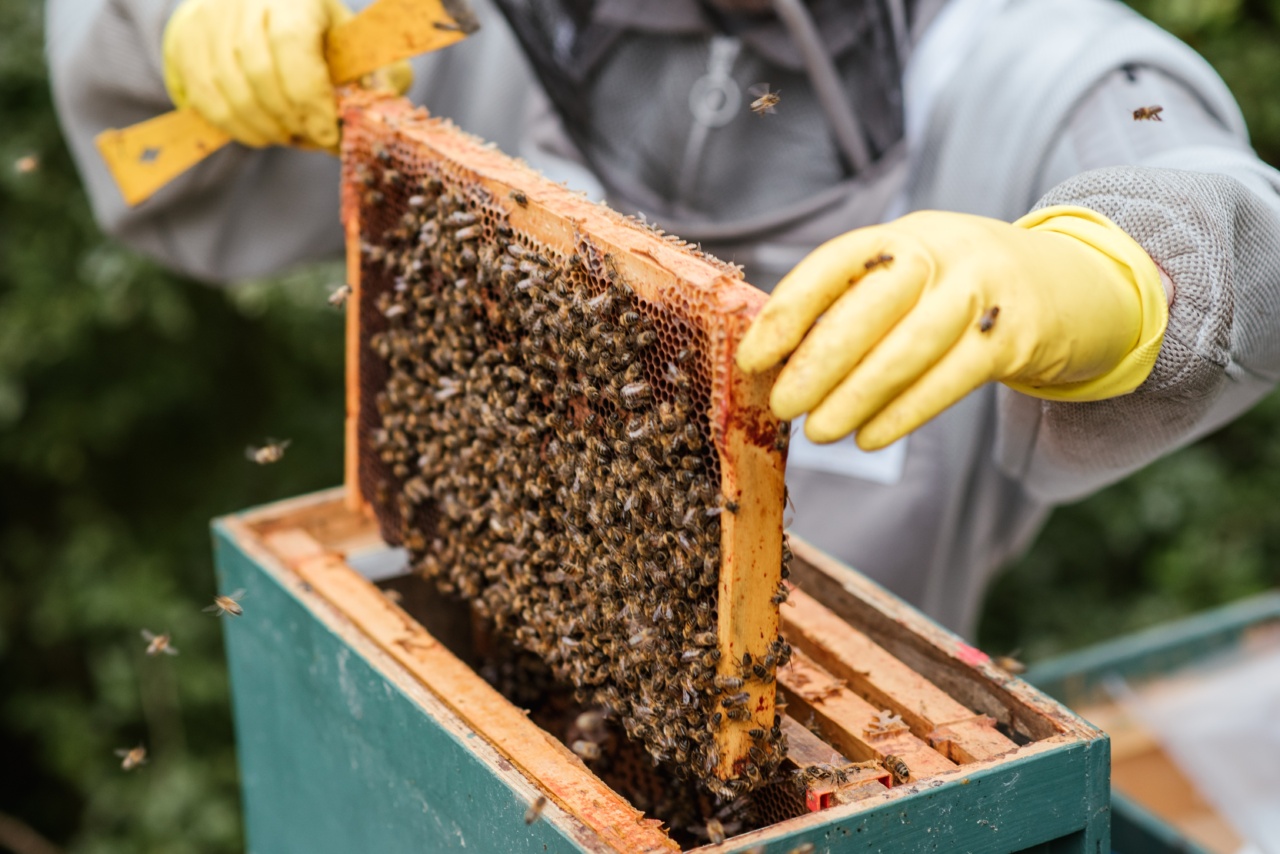The world is full of different types of animals, each with its own unique role to play in the ecosystem. Despite providing great benefits to humans, animals also pose a significant health risk to them.
Animal-borne illnesses, also known as zoonotic diseases, are infectious diseases that can be transmitted from animals to humans through direct or indirect contact. These diseases can range from mild to severe and may even be life-threatening. In this article, we will discuss the danger of animal-borne illnesses for humans.
What are animal-borne illnesses?
Animal-borne illnesses or zoonotic diseases are infections that can be transmitted from animals to humans.
According to the World Health Organization (WHO), zoonoses account for approximately 75% of all new and emerging infectious diseases that affect humans worldwide. They are caused by bacteria, viruses, fungi, and parasites, and can be transmitted through various means, such as:.
- Direct contact with an infected animal
- Ingesting contaminated food or water
- Bites from infected animals
- Inhaling contaminated air
- Contact with animal feces or urine
Some common animal-borne illnesses and their symptoms
Here are some of the common animal-borne illnesses and their symptoms:.
- Salmonellosis – a bacterial infection that can be acquired from consuming contaminated food or water. Symptoms include fever, diarrhea, and abdominal cramps.
- Leptospirosis – a bacterial infection that can be acquired from direct contact with an infected animal’s urine. Symptoms include fever, headache, muscle pain, and jaundice.
- Rabies – a viral infection that can be acquired from the bite of an infected animal. Symptoms include fever, headache, muscle weakness, and seizures.
- Psittacosis – a bacterial infection that can be acquired from inhaling contaminated dust from bird droppings. Symptoms include fever, cough, and difficulty breathing.
- Toxoplasmosis – a parasitic infection that can be acquired from contact with infected cat feces. Symptoms include fever, headache, muscle pain, and swollen lymph nodes.
How to prevent animal-borne illnesses?
Preventing animal-borne illnesses requires taking precautions to minimize the risk of exposure. Here are some simple preventive measures:.
- Wash your hands regularly with soap and water, particularly after handling animals or animal products.
- Avoid contact with animals that are sick or have been known to carry zoonotic diseases.
- Handle raw meat and animal products carefully to avoid contamination.
- Wear protective clothing such as gloves and masks if you work with animals or their products.
- Ensure that your pets are vaccinated against rabies and other preventable diseases.
- Clean and disinfect areas where animals live and where animal products are prepared or consumed.
The economic impact of animal-borne illnesses
Animal-borne illnesses not only pose a significant risk to human health but also have a significant economic impact. According to the WHO, zoonotic diseases cause an estimated $2.4 trillion dollars in economic losses globally every year.
This impacts not only the health sector but also the agriculture, tourism, and trade sectors. The cost of prevention and control of these diseases is also significant.
The role of surveillance and control measures in preventing animal-borne illnesses
Control measures such as vaccination, animal quarantine, and animal movement control can help reduce the spread of zoonotic diseases. Surveillance is also essential in detecting and monitoring the emergence and spread of animal-borne illnesses.
The WHO recommends a One Health approach to prevent and control zoonotic diseases. This involves a collaborative effort by public health, animal health, and environmental agencies to prevent, detect, and respond to diseases that affect both humans and animals.
In conclusion
Animal-borne illnesses are a significant threat to human health and the economy. Taking preventive measures such as hand hygiene, careful handling of animals and animal products, and vaccination of pets can help reduce the risk of exposure.
Surveillance and control measures can also help prevent, detect and respond to zoonotic diseases effectively. A one-health approach involving collaboration across various sectors is essential to control and prevent the spread of animal-borne illnesses.































